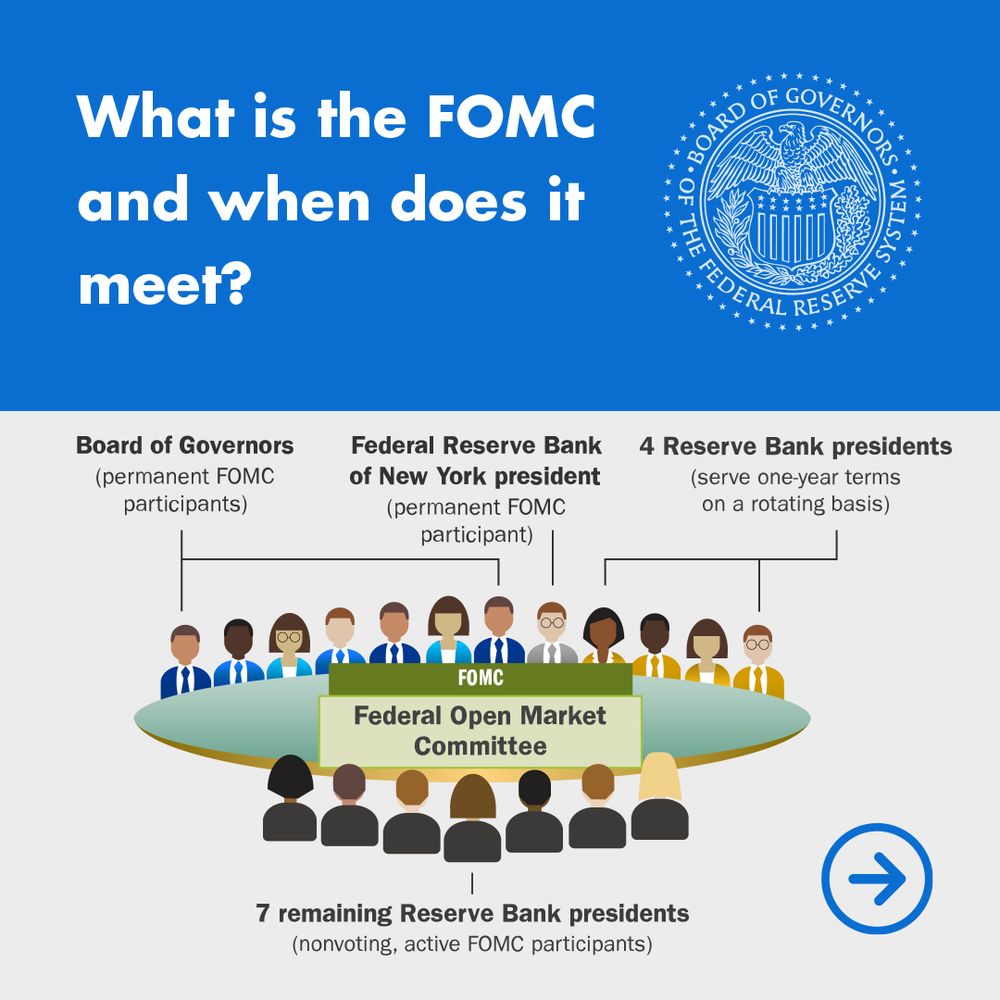
Atlanta Fed
@atlantafed.org
830 followers
16 following
410 posts
The Atlanta Fed serves the Sixth Federal Reserve District: AL, FL, GA and parts of LA, MS and TN. We foster a healthy economy and financial stability. We’re apolitical and decentralized to conduct monetary policy that’s in the best interest of the economy.
Posts
Media
Videos
Starter Packs
Reposted by Atlanta Fed

















